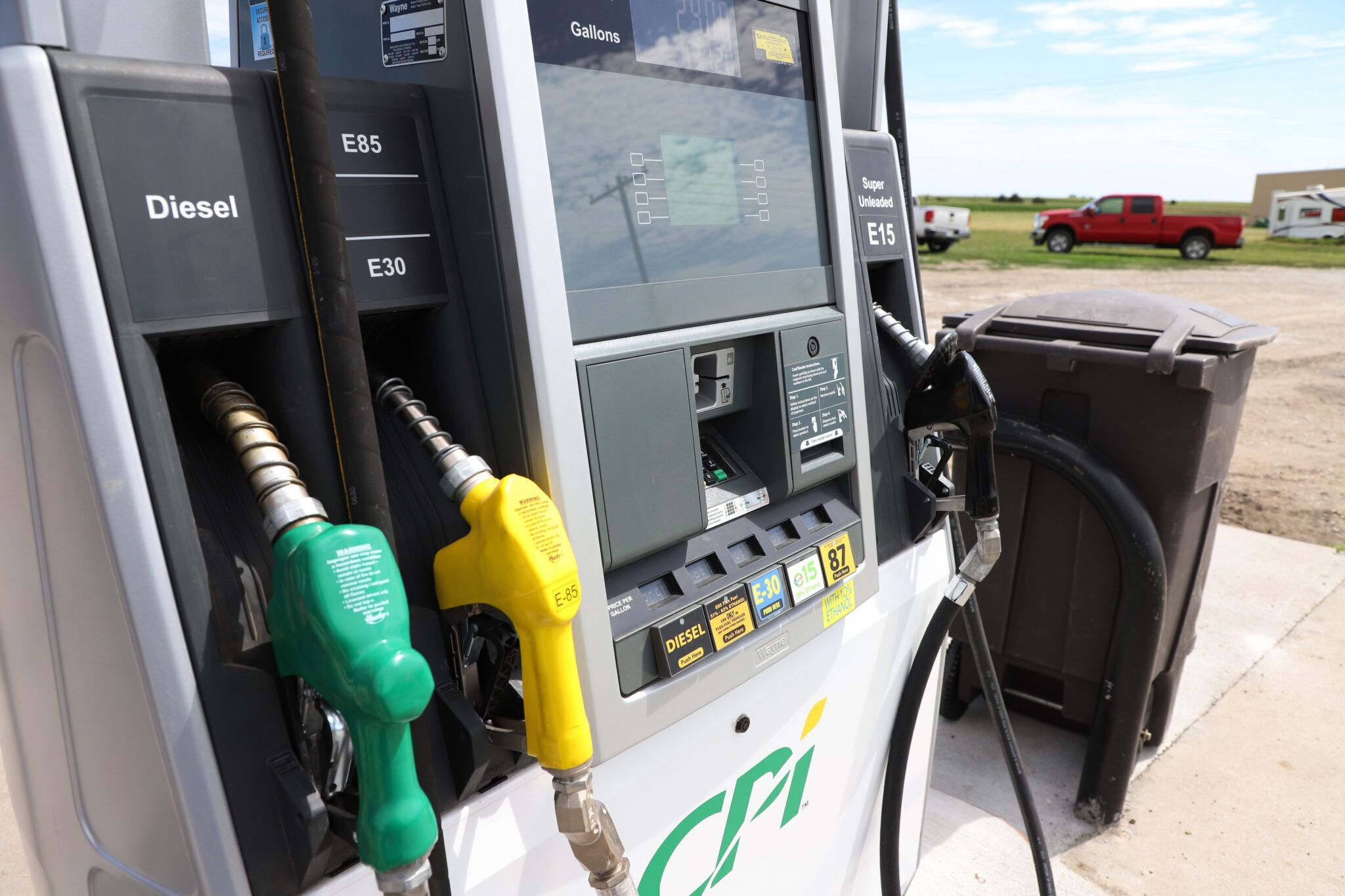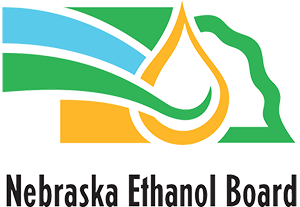
On Oct. 19, 2022, the U.S. Environmental Protection Agency (EPA) approved the continuation of ground-breaking research being done in Nebraska on the long-term adaptability and feasibility of E30 fuel. Results of the State’s initial pilot program, launched in 2019, showed that E30 is safe and reliable fuel for use in conventional vehicles. Under EPA current guidelines, only flex fuel vehicles (FFVs) can use ethanol blends higher than E15, but the State intends to underscore its initial findings in order to support regulatory change to make E30 accessible to all drivers.
In June 2019, the State of Nebraska began its study on the use of locally sourced E30 biofuel in conventional vehicles. State teammates outfitted 50 State-owned vehicles with onboard tracking systems to capture data on vehicle performance. They monitored those vehicles for an entire year. Data was submitted to engineers at the University of Nebraska-Lincoln (UNL) for analysis.
In 2021, UNL’s Engineering Department released its analysis of data from the first phase of the demonstration. It clearly showed that E30, a blend of gasoline and 30% ethanol, is safe and efficient to use in non-FFVs. Read the summary here. This peer-reviewed research was the first scientific demonstration of its kind.
The second phase of the E30 demonstration will begin in fall 2022 and include up to 825 State vehicles. While further demonstrating the safety and reliability of E30, the State will also significantly reduce its fuel costs and carbon footprint through the program.
“Promoting higher ethanol blends should be a centerpiece of our national strategy to lower gas prices,” said Gov. Pete Ricketts. “Ethanol saves drivers money at the pump, is better for the environment, and creates opportunities for farm families in America’s Heartland. Nebraska has already demonstrated that E30 can be used in regular vehicles without reducing performance or requiring extra maintenance. With our expanded study, we’ll be in an even stronger position to advocate regulatory change to make E30 accessible to everyone.”
Providing greater access to higher blends of ethanol allows consumers to manage fluctuating gas prices and contributes to our environmental health. One of the key findings from the first phase of the E30 demonstration is the positive impact of allowing statewide E30 consumption. If only 10% of the 1.7 million registered non FFVS in Nebraska used E30 instead of E10, ethanol consumption would increase by 18.5 million gallons per year and carbon emissions would decrease by 64,000 tons per year.
“When the first phase was published, we weren’t surprised with the results,” said Reid Wagner, executive director of the Nebraska Ethanol Board (NEB). “We’ve known the benefits of ethanol for many years, and it’s been purposefully put into our fuel system by the EPA to improve air quality. Through the first phase, we found a few parameters we want to look at closer to provide a more robust demonstration of the performance of ethanol. The E30 demonstration is academically and scientifically grounded and will be a key driver in continuing our efforts to show ethanol’s superiority in performance, cost, and health versus gasoline.”
There have been smaller municipal demonstration projects with E30 conducted in South Dakota and Kansas, and reports from those two locations revealed consumer acceptance and no performance issues in the vehicles.
It’s always been the mission of the Nebraska Ethanol Board to develop a market for ethanol, who led efforts to improve the health of our fuel supply in the 1970s when it launched the 2-million-mile gasohol road test program. Between 1975 and 1978, the Board used a 10 percent ethanol blend and accumulated approximately 2.2 million on-road miles. Designed and implemented with the cooperation of the Nebraska Department of Roads and the support of Gov. Jim Exon, the demonstration showed ethanol to be a superior fuel to gasoline in all aspects of performance.
In 1978, the EPA’s Clean Air Act waiver allowed the use of 10% ethanol in gasoline, known as gasohol or E10, to support this. Currently, more than 97% of the nation’s fuel supply contains ethanol.
“Nebraska is the No. 2 producer of ethanol in our country, and we should be leading the way when it comes to industry innovation,” said Jan tenBensel, Nebraska Ethanol Board chairman. “It’s these demonstrations that showcase to the EPA and other regulatory agencies the value of using ethanol, an American-made product, to grow our energy independence and improve air quality.
According to the EPA, ethanol’s high octane characteristics have allowed petroleum refiners to significantly reduce the aromatic content of gasoline – from about 25% in 2005 to about 20% in 2016. High-octane ethanol blends also improve vehicle performance and efficiency.
Making E30 more widely available also helps the ethanol industry stay competitive among transportation innovations as the country works to reduce its carbon footprint. Traffic is one of the highest contributors to carbon pollution which has been linked to cancer, heart disease and increased respiratory issues.
Wagner said the Nebraska Ethanol Board plans to work with industry partners and the EPA to continue the E30 demonstration for at least two years.
“This marks another significant milestone for the nation’s ethanol industry and another significant step in reducing gasoline’s aromatic content,” Wagner said. “We have demonstrated that higher ethanol blends release fewer harmful emissions, have no detrimental impact on vehicles, and save consumers money. We hope to see other states follow Nebraska’s lead by demonstrating the use of E30 in their state fleets.”
